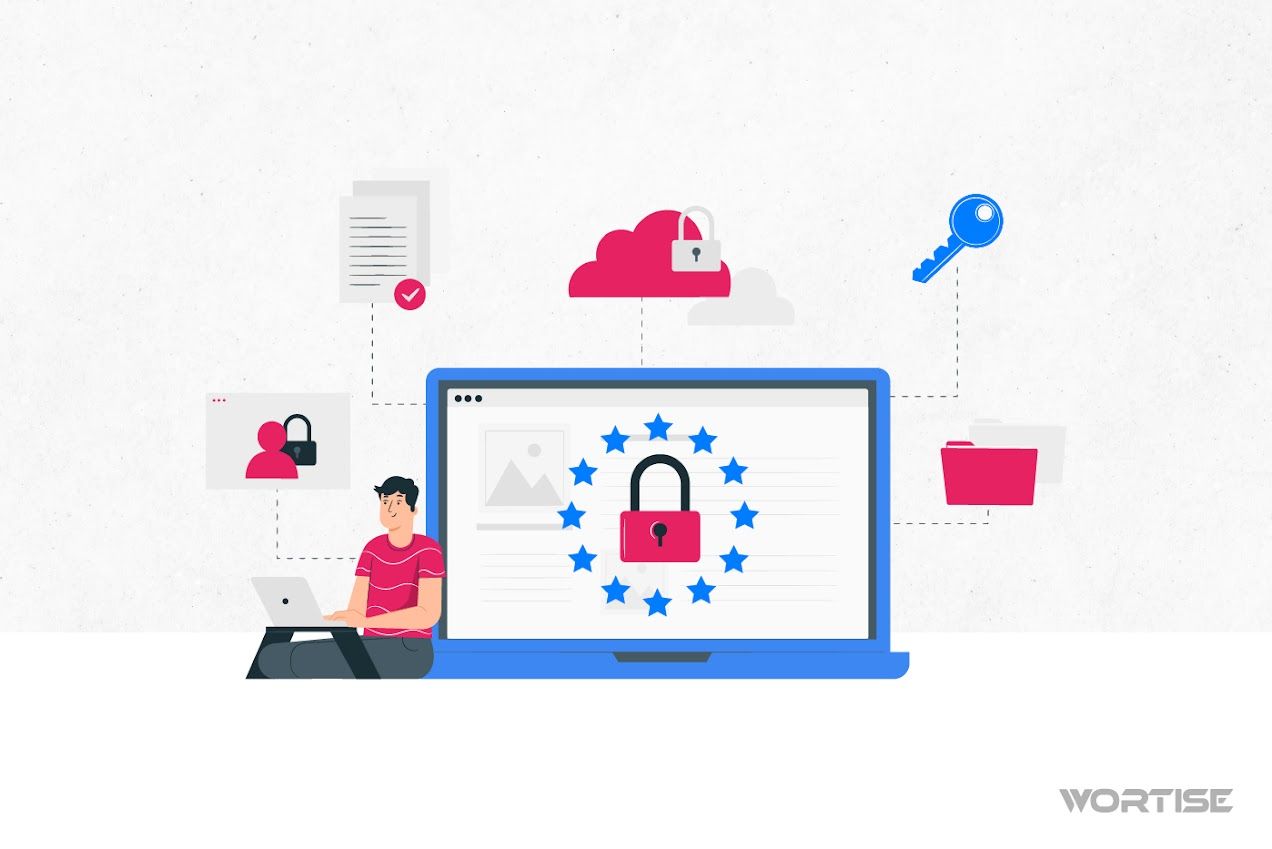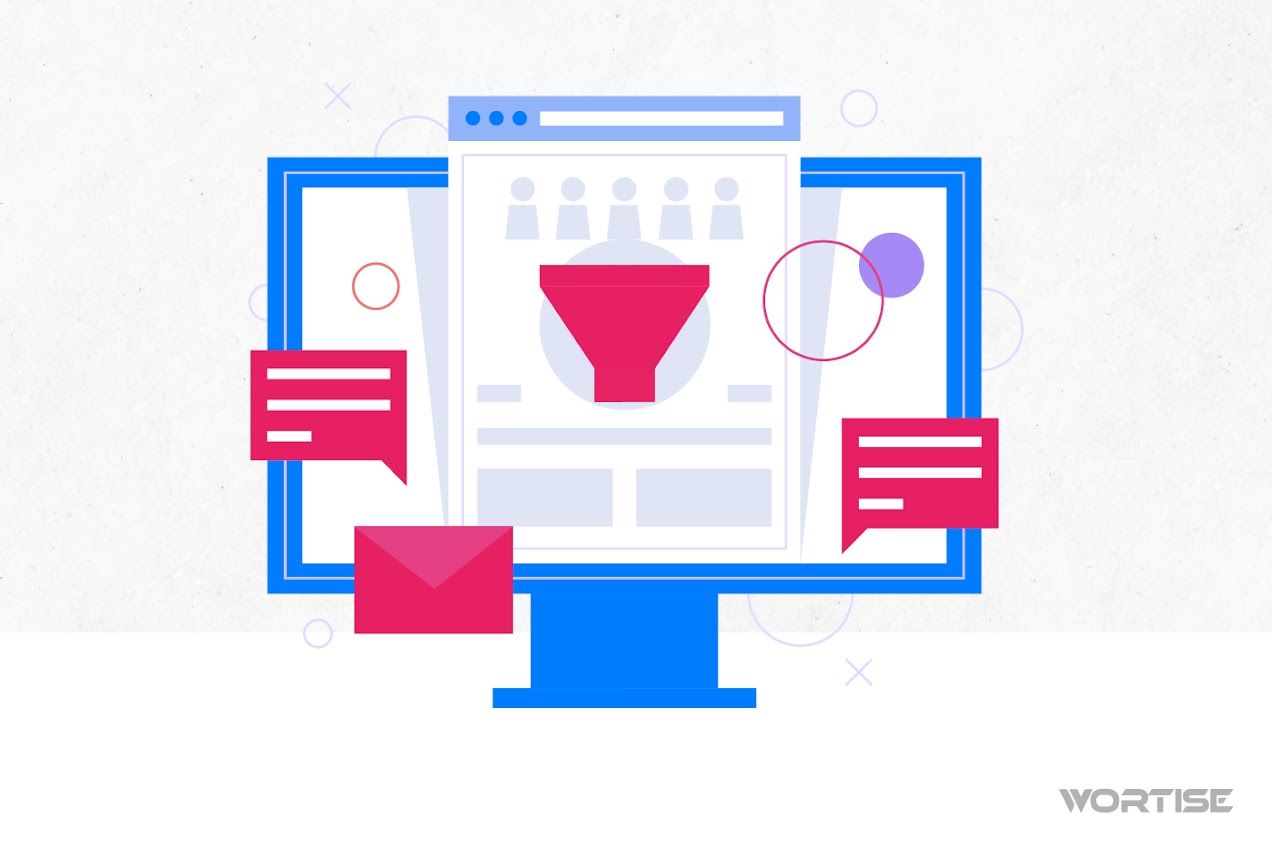¿Alguna vez te has preguntado dónde terminan tus anuncios tras una campaña de publicidad digital? No te sucede solo a ti; a muchos advertisers que utilizan intermediarios les cuesta tener un seguimiento preciso de dónde saldrán los anuncios, si realmente están llegando al público que desean y más. Un problema que encuentra solución con las Self Serve Advertising Platforms.
Las Self-Serve Advertising Platforms (SSP) surgieron como una herramienta para que los anunciantes, de cualquier escala o con distintas características, puedan guiar, controlar y llevar sus estrategias a donde deseen. ¿Quieres saber cómo te puede ayudar esto a ti también? Quédate hasta el final de este artículo.
¿Qué son las Self Serve Advertising Platforms?
Antes de avanzar es necesario comprender que las Self-Serve Advertising Platforms (SSP), también conocidas en español como plataformas publicitarias de autoservicio, son herramientas digitales que permiten a los advertisers crear, gestionar y optimizar sus campañas publicitarias de forma independiente, sin necesidad de intermediarios.
Existen muchas SSP en el entorno digital; sin embargo, en términos generales, en estas plataformas los advertisers encuentran una interfaz intuitiva y fácil de usar, lo que las hace accesibles tanto para anunciantes expertos como para principiantes.
¿Cómo funcionan las Self Serve Advertising Platforms?
Para su funcionamiento, una plataforma de publicidad de autoservicio se conecta con otros sistemas de tecnología publicitaria (AdTech). Todo esto permite que los usuarios puedan crear y administrar campañas directamente en las plataformas digitales de un publisher, bien sea sitios web o servicios de transmisión de video, muchas veces utilizando un servidor de anuncios.
Después de que un usuario configure una campaña en la Self Serve Advertising Platforms, la información es compartida con la AdTech y las plataformas de datos por medio de una interfaz de programación de aplicaciones (API). Cualquier ajuste realizado dentro de la SSP se actualiza automáticamente en las plataformas de datos y AdTech conectadas.
Todo este procedimiento le ofrece a los advertisers la garantía de una coordinación perfecta y una gestión de campañas coherente. Si se pudiera seguir un proceso básico sobre el funcionamiento de una SSP, se vería de la siguiente forma:
- El advertiser crea su cuenta en la plataforma SSP.
- Luego el advertiser deberá definir los objetivos de su campaña, incluyendo el público objetivo, el presupuesto y los formatos en los que será exhibido su anuncio (audio, vídeo, imágen, etc).
- Con estos datos, la SSP envía las solicitudes de puja (bid requests) a una red de intercambios publicitarios.
- Los publishers que tienen espacio publicitario disponible responden a las bid request con sus ofertas.
- La SSP tomará de forma automática aquella oferta que sea la más alta que cumple con los criterios del anunciante y muestra el anuncio en los espacios publicitarios.
- El advertiser paga al publisher por la colocación del anuncio.
Aunque parezca un proceso demasiado extenso, todo puede suceder en menos de un minuto.
Características de las Self Serve Advertising Platforms
Cuando se trata de plataformas publicitarias de autoservicio, cada una puede variar, pero todas comparten características esenciales que se pueden ver a continuación:
Interfaz de usuario (UI)
Una interfaz amigable con el usuario es crucial, dado al manejo de datos y presupuestos en este entorno, para ayudar a supervisar campañas, gestionar usuarios e integraciones. Por eso debe ser muy práctica, tanto para la empresa que gestiona la plataforma (como un DSP o una agencia de publicidad) como para sus clientes.
Administración de campaña
En este espacio, los usuarios en la SSP tienen la oportunidad de crear, lanzar e incluso volver a modificar campañas publicitarias. Los usuarios también pueden especificar detalles como el tipo de anuncio (texto, nativo, video), duración, ubicaciones de destino, dónde aparecen los anuncios y otros criterios.
Panel de informes
Los usuarios también encuentran en una Self Serve Advertising Platforms esta función para llevar un seguimiento de cómo está resultando el proceso de la campaña. En este sentido, proporciona métricas de gran valor como impresiones, clics, conversiones, entre otros. También ofrece otros datos más específicos como la ubicación geográfica donde está llevando la acción publicitaria, el tipo de dispositivo y el formato del anuncio.
Gestión de usuarios
Si lo que se requiere es que uno o más usuarios, como en un equipo de marketing, tengan acceso a la SSP. Esta herramienta permite a los administradores agregar o eliminar usuarios con la intención de controlar su acceso a diferentes partes de la plataforma.
Integraciones
Para que todo esto sea posible es necesaria la sinergia con otras plataformas AdTech, como DSP, SSP, redes publicitarias y servidores de anuncios, es esencial para la ejecución de la campaña. Además, las conexiones con plataformas de datos como DMP y CDP ayudan a dirigirse a audiencias específicas. Por ejemplo, un editor podría utilizar este tipo de integraciones para permitir que los anunciantes lleguen a su audiencia de forma eficaz.
¿Cuáles son los beneficios de usar una Self Serve Advertising Platforms?
Las SSP ofrecen una serie de beneficios que las convierten en una opción atractiva para los anunciantes:
Control total
Las SSP le ofrecen a los advertiser un gran control sobre la gestión de sus campañas publicitarias. De esta forma, pueden elegir y verificar dónde se muestran sus anuncios, la audiencia a la que se dirigen, modificarla según sus requerimientos y gestionar cuánto están dispuestos a pagar por cada clic o impresión.
Transparencia
Las Self Serve Advertising Platforms están en la capacidad de generar informes detallados sobre el rendimiento de las campañas. Lo que le permite a los advertisers realizar ajustes y optimizar tus estrategias en tiempo real.
Eficiencia
Estas plataformas tienen la capacidad de eliminar la necesidad de trabajar con intermediarios. Por lo cual puede empoderar a equipos de trabajo a tomar el control de sus estrategias de publicidad programática, lo que ahorra tiempo y dinero.
Flexibilidad
Las SSP permiten tener un acceso a un abanico extenso en formatos de anuncios y opciones de segmentación. De esta forma le da a sus usuarios la flexibilidad para crear campañas personalizadas que se ajusten a sus necesidades específicas.
¿Cómo elegir la Self Serve Advertising Platforms adecuada para ti?
El dinámico mundo de la publicidad digital es muy competitivo, incluso para las Self Serve Advertising Platforms (SSP), que han emergido como una herramienta poderosa, ofreciendo soluciones para más de un desafío en la publicidad programática. Escoger la indicada puede ser complicado, aquí algunos factores clave a considerar para hacer esta elección:
1. Definir necesidades y objetivos
Para esto, el advertiser debe plantearse preguntas clave como: cuál es el tipo de campaña que desea comenzar (por ejemplo un display, video, entre otros); también debe preguntar a qué audiencia quiere dirigirse (es preciso tener un buye
r persona, un público objetivo definido); estimar el presupuesto, así como la funcionalidad de las SSP que requieren.
2. Investiga las diferentes opciones
Como se mencionó anteriormente, la competencia es amplia y el abanico de opciones está ahí para programar anuncios cada vez más precisos. Entre las principales Self Serve Advertising Platforms se encuentran Google Ads, Facebook Ads, Amazon Advertising, The Trade Desk, etc.
Escoger la más adecuada, en algunas ocasiones pasa por entender el comportamiento del público objetivo y preguntarse si se trata de un grupo que prefiere redes sociales como las de “Meta” o por el contrario es del tipo que prefiere buscar en Google.
Leer las opiniones de otros advertisers en foros, blogs y reseñas para conocer las experiencias de otros anunciantes. Evaluar las características y funcionalidades de cada SSP.
3. Elige una SSP con una buena reputación:
Es importante buscar una Self Serve Advertising Platforms con un historial de éxito comprobado. Para esto puede ser posible ver si la SSP está certificada por organismos independientes. Los advertiser pueden asegurarse de que la SSP ofrece un buen soporte al cliente.
4. Comienza con una campaña pequeña
Es bueno ser precavidos, si se trata de una plataforma nueva, es posible que comenzar con un presupuesto pequeño en la primera campaña pueda servir de exploración para entender mejor esta herramienta.
También es recomendado utilizar una campaña pequeña para familiarizarse con la plataforma y probar diferentes configuraciones. No está de más analizar el rendimiento de la campaña y realizar ajustes según sea necesario. Siempre se debe tener en cuenta que no existe una SSP única que sea perfecta para todos. La mejor Self Serve Advertising Platforms para un advertiser dependerá de sus necesidades específicas, objetivos y presupuesto.
Ejemplos de SSP populares
Puede que hayan cientos de Self Serve Advertising Platforms, sin embargo, algunas de las que todos conocen son las siguientes:
Google Ads
Una de las Self Serve Advertising Platforms más populares, perteneciente al gigante de las búsquedas y es una de las más completas del mercado. Por supuesto, sus funciones van orientadas al universo de espacios publicitarios de Google, como su buscador. Si tu audiencia está en plataformas de búsqueda, probablemente la alcanzarás con esta herramienta.
Si por el contrario, es una audiencia más dada a las redes sociales, como ocurre en ciertos países, entonces puede que esta plataforma no sea la más adecuada. Aún así, ofrece a los advertisers una amplia gama de funcionalidades, opciones de segmentación y formatos de anuncios. Por todo esto es ideal para anunciantes de todos los tamaños y presupuestos.
Facebook Ads
Otra plataforma muy conocida en la publicidad programática es Facebook Ads. Si tu público objetivo se encuentra en el universo de las redes sociales de Mark Zuckerberg (Facebook o Instagram), con esta Self Serve Advertising Platforms los advertisers podrán llegar a ellos de manera efectiva con anuncios personalizados.
La herramienta le ofrece a sus usuarios una segmentación precisa basada en datos demográficos, intereses y comportamientos que permiten llegar a una audiencia objetivo a través de anuncios en Facebook, Instagram y otras propiedades de Facebook.
Amazon Advertising
Para quienes venden sus productos en Amazon, el gigante del ecommerce tiene Amazon Advertising con el que permite desarrollar campañas publicitarias con el objetivo de promocionar las opciones de venta que los comerciantes tienen en la plataforma y llegar a millones de potenciales clientes.
The Trade Desk
Una Self Serve Advertising Platforms independiente que ofrece acceso a una amplia red de intercambios publicitarios y opciones de segmentación. Se posiciona como una opción de valor para aquellos anunciantes que tienen experiencia y buscan mayor control sobre sus campañas.
Magnite (Rubicon Project)
Con la consigna de que el gasto de los advertisers “llegan más lejos”, se trata de una de las Self Serve Advertising Platforms independientes más grandes del mundo. Ofrece soluciones innovadoras para la compra de publicidad programática, incluyendo optimización de campañas y análisis avanzados.
AppNexus
Es una Self Serve Advertising Platforms de gran reconocimiento en la publicidad móvil y nativa. Esta SSP ofrece una amplia variedad de soluciones para anunciantes, específicamente aquellos que buscan llegar a su audiencia a través de dispositivos móviles y aplicaciones.
MediaMath
Se trata de una SSP global que ofrece un gran servicio para la compra de publicidad programática a gran escala. Es ideal para grandes anunciantes y agencias cuyos requerimientos están orientados a la administración de múltiples campañas en diferentes mercados al mismo tiempo.
Index Exchange
Una SSP especializada en publicidad en video, que ofrece acceso a un inventario premium de anuncios de video de alta calidad. Es una buena opción para anunciantes que buscan utilizar el poder del video para llegar a su audiencia.
Criteo
Una Self Serve Advertising Platforms que se encuentra especializada en retargeting y publicidad basada en intereses. Utiliza datos de navegación y comportamiento con el objetivo de mostrar anuncios relevantes a los usuarios de acuerdo a sus intereses en los productos y servicios que ofrece el advertiser.
PubMatic
En este caso es una Self Serve Advertising Platform que ofrece una plataforma flexible y escalable para la compra de publicidad programática. Es una buena opción para anunciantes que buscan una solución personalizada que se adapte a sus necesidades específicas.
¿Buscas colocar tus anuncios en aplicaciones y páginas web? Con Wortise lo puedes lograr
Somos una plataforma que actualmente conecta a más de 200 advertisers como tú en todo el mundo con publishers en páginas web y en aplicaciones móviles, es una plataforma de ad network con targeting inteligente y sistema de ad mediation.
De esta forma ayuda a los publishers a monetizar sus plataformas con ads y al mismo tiempo ofrece un stock publicitario de gran valor para los anunciantes. Si quieres saber más de cómo podemos ayudarte, comienza tu registro y recibirás un trato personalizado durante el proceso de tu primera campaña.
Regístrate y comienza a conectar con publishers con inventarios de anuncios de alto valor.




